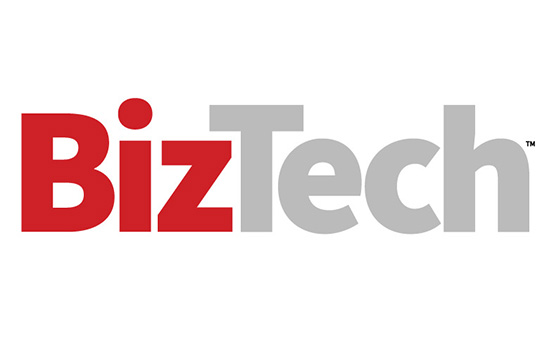The U.S. financial industry had more than $23 trillion in assets as of December 2024, a 4.5% increase year over year. Complexity is on the rise along with assets: One recent study estimates that financial institutions are losing $50 billion annually due to excessive operational complexity. A key component of this is regulatory compliance; no industry receives more state, federal and even international oversight than financial services, and firms must find ways to follow the rules and navigate evolving expectations without sacrificing revenue.
Here’s a look at some of the most common regulatory requirements, and a seven-step plan to help navigate compliance complexity.
LEARN MORE: Build a strategy to meet compliance regulations in your financial organization.
Common Regulatory Requirements in Financial Services
Financial firms are subject to a host of regulations, including:
- The Graham-Leach Bliley Act: GLBA requires financial institutions — a term that covers any companies offering financial products or services — to explain their information-sharing practices and safeguard sensitive data.
- The Sarbanes-Oxley Act: Passed in 2002, SOX created new reporting standards to ensure financial transparency and made auditors more independent to improve reporting accuracy.
- Payment Card Industry Data Security Standard: Developed by the industry itself, PCI-DSS protects cardholder data through the use of secure networks, encrypted data and continuous transaction monitoring.
- The Bank Secrecy Act: Also known as the anti-money laundering law, the BSA requires financial institutions to keep records of cash purchases of negotiable instruments, file reports of daily aggregate transaction volumes over $10,000, and report any suspicious activity that may indicate fraud or money laundering.
- The FTC Safeguards Rule: This Federal Trade Commission rule requires financial firms to “develop, implement, and maintain an information security program with administrative, technical, and physical safeguards designed to protect customer information.”
There are also state-level regulations such as those laid out by the New York State Department of Financial Services. For example, the NYDFS recently released guidance around the growing risks of AI that requires financial institutions to implement robust access controls and “maintain cybersecurity programs, policies, and procedures that are based on cybersecurity Risk Assessments.”
RELATED: What financial services need to know about NYDFS regulations.
Seven Steps for Improved Regulatory Compliance
While the collective goal of compliance regulations is driving cyber hygiene to improve overall security, the sheer volume and variety of applicable rules can create significant complexity. Here are seven steps to better navigate the process.
1. Create a roadmap. Many regulations overlap, meaning controls and best practices may apply in multiple scenarios. To reduce the risk of redundant work, create a compliance roadmap. For example, a few years ago, CDW created a framework — a master list of controls and enforcement actions — that can be adapted for different industries.
2. Separate compliance and security. Security and compliance aren’t the same. Compliance is effectively an audit of current processes and their alignment with expectations, while security helps improve alignment. Organizations should have different professionals focusing on each discipline to ensure there are no conflicts of interest.
3. Consider regulatory precedent. Use legislative and court precedents, such as standards around duty of care, and reasonable security practices to inform best practices. Your in-house or independent counsel can help you ensure that your practices and policies are consistent with both the regulatory requirements themselves and the expectations of regulators who will consider how seriously you took your compliance efforts.
4. Bring in the board. While teams create processes and recommend policies, the regulatory buck often stops with CFOs, CISOs and chief compliance officers. Bring in board members to ensure operational alignment.
Click the banner below to read the 2024 CDW Cybersecurity Research Report.
5. Implement automated compliance monitoring. Compliance monitoring systems, powered with artificial intelligence, help to automate compliance and can alert appropriate parties if something seems awry.
6. Get expert assistance. With multiple regulations to satisfy, expert assistance can help reduce potential risk. CDW’s compliance practice gives firms access to readiness assessments, security audits and tooling recommendations.
7. Prioritize proactive engagement. Last, but not least: Don’t wait for regulations to change. Instead, prioritize proactive engagement by connecting with regulatory agencies or governing bodies such as the Financial Industry Regulatory Authority.
As compliance regulations evolve, financial firms must be prepared to keep pace. By understanding current environments, carrying out assessments and connecting with industry experts, enterprises are better positioned to navigate the new compliance landscape.












